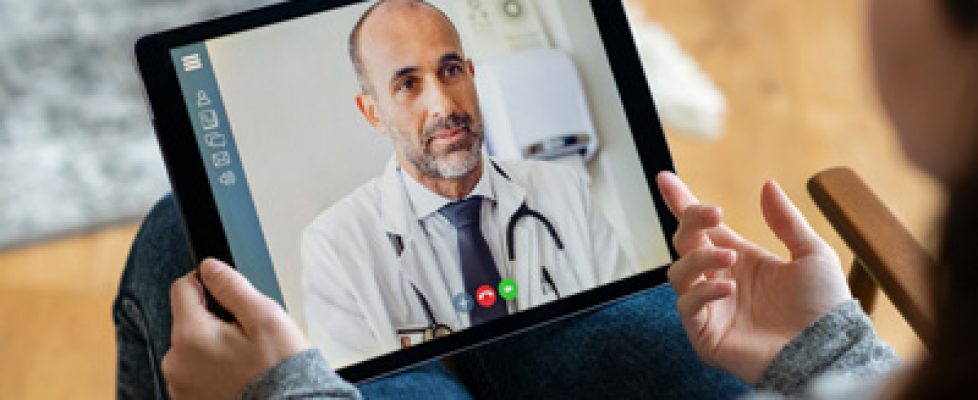Patient Barriers Still Exist with Telehealth Platforms
While telehealth use has increased in response to COVID-19 as well as patient satisfaction with the service, barriers still exist for patients trying to access it, including those at high risk, according to Troy-based J.D. Power.
The J.D. Power 2020 U.S. Telehealth Satisfaction Study was released Oct. 1.
“The COVID-19 pandemic has been a moment of truth for telehealth and, by most accounts, the technology is rising to the challenge and delivering a high degree of satisfaction among those who use it,” says James Beem, managing director of global health care intelligence at J.D. Power. “However, even though the public awareness with telehealth is higher due to the influence of COVID-19, the barriers for the consumer to engage with the technology has been a consistent theme in our research.”
The overall customer satisfaction score on a 1,000-point scale was 860, which is among the highest of all health care, insurance, and financial services industry studies conducted by J.D. Power.
One of the key findings from the 2020 study, however, shows that 52 percent of telehealth users said they encountered at least one barrier that made it challenging to use telehealth. The most common difficulties listed include limited services (24 percent); confusing technology requirements (17 percent); and lack of awareness of cost (15 percent). In addition, 35 percent of telehealth users experienced a problem during their visit, with technology and audio issues (26 percent) being the most common.
Additionally, based on of a 1,000-point scale, patients with the lowest self-reported health status had an overall customer satisfaction score that was 117 points lower than patients who consider themselves to be in excellent health. The study also found that healthier patients are more likely to understand the information provided during the visit, receive clear explanations, feel their visits are highly personalized, and obtain a high-quality diagnosis.
Among patients who used telehealth this year, 46 percent say their top reason for choosing telehealth was safety, compared to 13 percent in 2019.
The J.D. Power study also found that Amwell ranks highest in telehealth satisfaction with a score of 885, followed by Doctor on Demand with a score of 879. Among payers of health plan-provided telehealth services, Cigna ranks highest with a score of 874, followed by Kaiser Foundation Health Plan with 867, and UnitedHealthcare with 865.
The study measures consumer satisfaction with their telehealth service experience based on four factors: customer service (42 percent), consultation (28 percent), enrollment (19 percent), and billing and payment (11 percent). The study is based on responses of more than 4,000 health consumers who used a telehealth service in the past 12 months. It was fielded in June and July.
J.D. Power is a global leader in consumer insights, advisory services, and data and analytics. It has offices throughout North America, Europe, and Asia Pacific.

